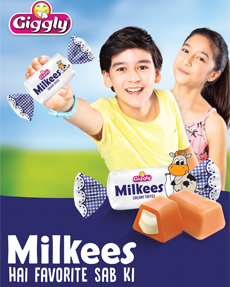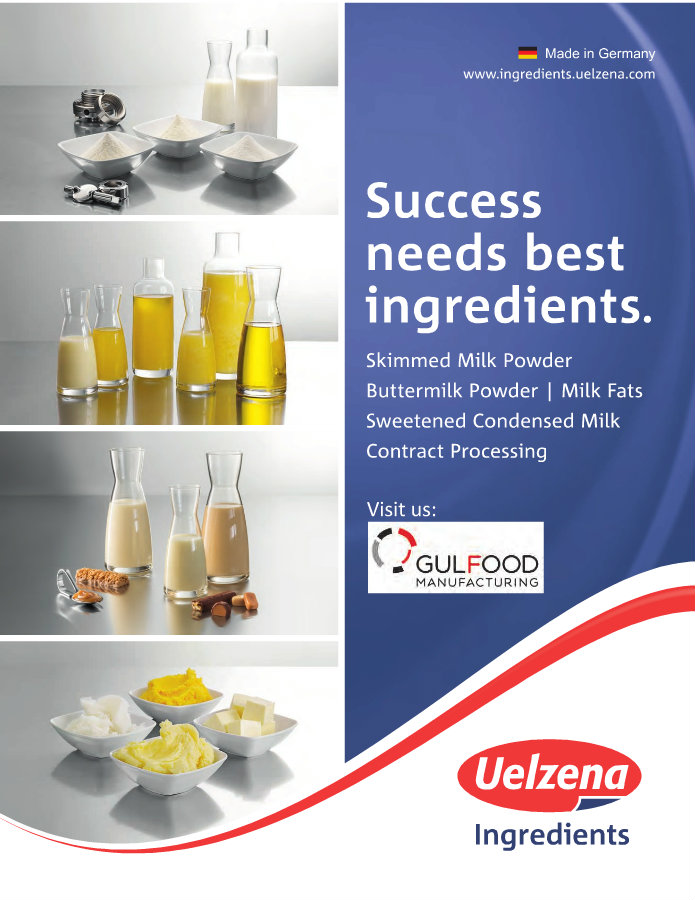
Forbes Columnist, Larry Olmsted, has learned about the best and worst of the global food industry and his findings are easy to sum up: A lot of the foods we’re eating from our favorite restaurants and supermarkets are fake. This means your red snapper was likely gussied up tilapia and knockoff cheese is definitely a thing. In his new book, Real Food Fake Food, Olmsted aims to debunk food myths the public didn’t even know existed and give us the scoop on real food. Here, Olmsted tells PEOPLE about what’s real, what’s fake — and how to tell the difference.
In case you missed the viral outrage: Your Kobe beef isn’t Kobe beef.
“A dozen years ago, I went to Japan and got to try the famous Kobe beef, which is pretty mythical,” says Olmsted. “I’m a steak lover so I’ve had a lot of really good steak around the world, but the Japanese beef is very different. It looks and tastes different. Not necessarily better or worse but it’s very recognizable. When I came back to the U.S. and saw Kobe beef on the menu at a couple of fancy restaurants, I tried it a few times — and it never tasted or looked anything like in Japan. I was like, ‘How could it be so different from just from being shipped?’
I looked into it, and I found out that it wasn’t being shipped. At the time, the importation of Japanese beef was completely banned by the USDA. There was no Japanese beef in the U.S. at all so all these places that were claiming to serve Japanese beef, were not serving Japanese beef, which is why it didn’t look or taste right.”

Your seafood is most likely mislabeled by your go-to grocery stores and restaurants.
“The FDA just did a study determining that 85% of the seafood was correctly labeled at the last point of wholesale distribution, meaning before it went to either a restaurant or a retailer or before it reached the consumer-facing point of sale. Statistically, about a third of the seafood in this country is mislabeled when it’s sold. This suggests that more than half of that fraud is happening in the restaurant or at the retail store.”
WATCH THIS: Bizarre But Delicious: Richard Blais’ Chocolate Avocado Mousse
Knockoff cheeses are all around.
“The cheese industry is kind of screwed up across the board,” says Olmsted, adding it’s European cheeses consumers should be most wary of. “Roquefort Cheese comes from Roquefort, France, Gruyere cheese comes from Gruyere, Switzerland, Comté cheese comes from Comté, France. Usually, they’re invented there because there’s a really good reason like the sheep eat good grass and the milk tastes better. All of these are considered great gourmet cheeses and in the U.S. they’re all knocked off, so you don’t really know what you’re getting when you buy them.”
But have no fear, real cheese is actually the easiest to obtain if you know what to look for.
“The biggest thing is to look for the country of origin. If you buy Parmesan cheese and it’s made in Italy, it’s always the real thing because under European and Italian law they’re not allowed to make fake Parmesan cheese the way we are. There’s only one kind of Parmesan cheese that comes from Italy. So if you go to the supermarket, they’ll have a section of Parmesan cheese. There will be wedges from Italy, several places in the U.S., Argentina and they’ll all look kind of the same and they’ll all be priced kind of the same. And if you know Parmesan cheese comes from Italy, you buy the one from Italy. It says it on the label. But you have to know that for every kind of cheese you want to buy.”
RELATED: A Doctor Prescribed Potato Chips to Cure a Professional Athlete’s Cramps — Could It Work for You?
“Organic” means something on food packaging most of the time — but “natural”? Not so much.
“‘Organic’ is probably the most generally reliable for beef, pork, chicken and all of our produce fruits and vegetables. There is no organic standard for seafood. Because it’s not defined, you see it being used and it’s meaningless. There’s no such thing as organic seafood at this time,” he says. “The flip side of that would be ‘natural.’ It sounds great, it means nothing. The USDA, which regulates meat, has defined natural, but their definition is so ridiculous that it literally includes every single animal raised in the country. You can’t raise a pig, chicken or beef — no matter what you feed it — in a way that violates ‘natural.’ It includes animal bio-products, hormones, steroids, antibiotics.”
Beef labels are often misinterpreted.
A “vast majority” of the beef in the United States is produced from cows who were given drugs to help them grow faster and antibiotics to keep them from getting sick, says Olmsted. “But people see ‘natural beef’ and think it doesn’t have drugs,” he adds. “That’s not true at all. They see ‘grass-fed beef’ and assume it doesn’t have drugs. That’s not true at all. They see ‘100% grass-fed beef’ and assume it doesn’t have drugs. That’s not true at all. If you buy ‘organic beef’ though, it is true. It doesn’t have drugs. But you have to know what labeling terms to look for.”
Bison is a good meat option that’s cleaner for your body.
“Bison is growing fast as a food category. It’s all drug-free in this country. It’s pretty reliable and you can get it more,” he says. “I just bought ground bison yesterday at BJs. It used to be a real specialty product you had to get at a farmer’s market or something. Now, you can buy bison all over the country. The numbers are going up. A lot of restaurants have it. If I see a bison burger, I’ll order that. I get my burger fix but I know that the meat is better.”
RELATED: Veggie Burgers That Actually ‘Bleed’ Sold Out in an Hour at Whole Foods
There is a general rule of thumb to follow so you can actually buy food with confidence.
“The easiest thing consumers can do is to just try to buy or eat foods as close as possible to their natural form. I give the example of the lobster: If you buy a whole Maine Lobster, you know you’re getting a whole Maine Lobster. It can’t be fake. There’s nothing that looks like it,” says Olmsted. “But if you buy it chopped up in lobster ravioli or lobster stew, you don’t know what you’re getting. Coffee is another good example. Buy coffee beans. Fortunately, there’s been sort of a revolution in coffee drinking in this country. People are much more passionate about it and I think most people who care about coffee, they either do buy whole beans or at least they buy whole beans and have them ground at the store for them. When you do that, you know you’re getting coffee.”
Lastly, don’t retire to being scared of all foods.
“The only reason there’s fakes is because the real foods are good,” says Olmsted. “That’s why they’re knocked off. It’s kind of a glass half-full thing. I look at it like, there are real foods — and they’re worth seeking out.”
News Referance: People Food




